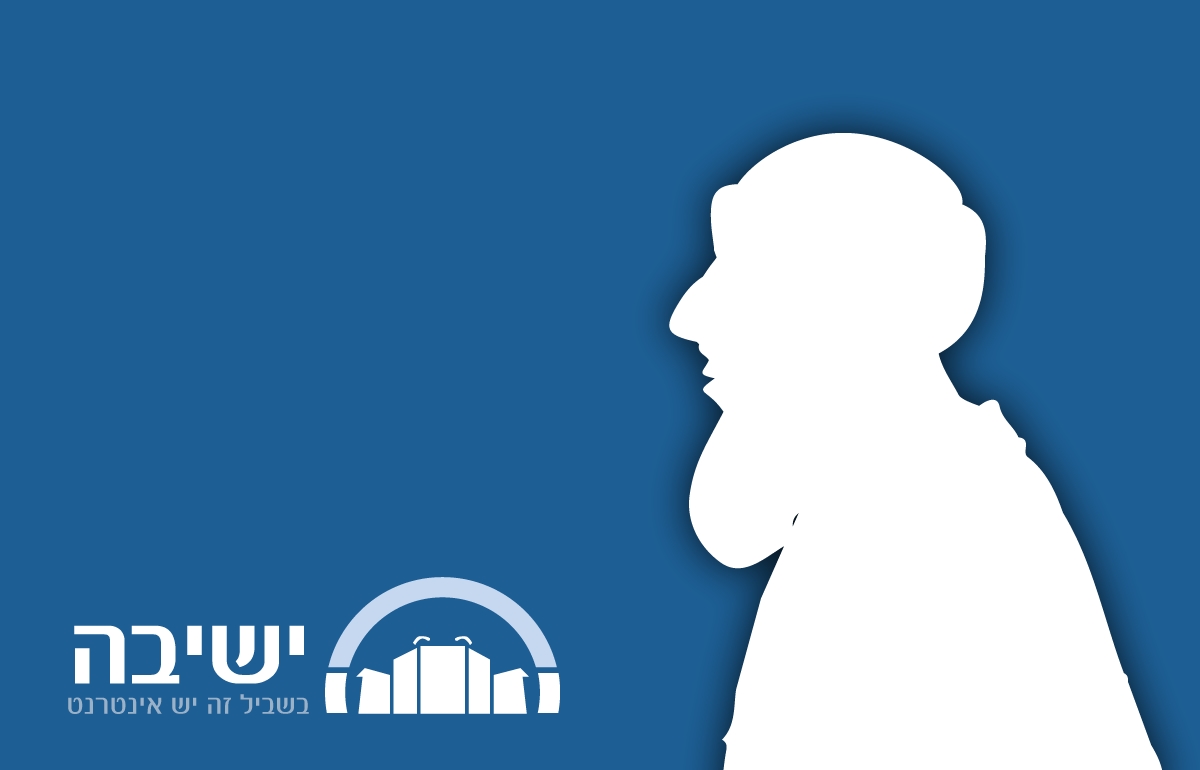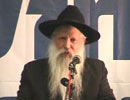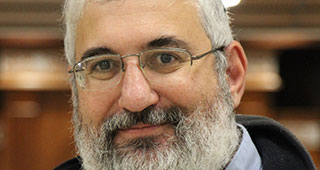- Sections
- Parashat Hashavua
71
In Seder Olam Rabba (ch. 26), our opening of Yechezkel’s prophecy is explained to be 30 years from the finding of the sefer Torah in the Beit Hamikdash, and this is the way Targum Yonatan translates this pasuk. The finding of the sefer Torah was a traumatic event, described in Melachim II, 22. The officers of the righteous King Yoshiyahu found it, and this helped arouse the king and his officers to repent, with the help of the prophetess Chulda. This took place during the eighteenth year of Yoshiyahu’s reign, which also was yovel (the jubilee year). Mahari Kra, a disciple of Rashi, makes the calculation, based on the dating we know of the various kings, that the fifth year of Yehoyachin’s exile was 30 years since the event of finding the sefer Torah. Rashi also finds a hint of the connection between the timing of Yechezkel’s prophecies and the timing of the yovel in the pasuk: "It was in the 25th year of our exile, on Rosh Hashana on the tenth of the month" (Yechezkel 40:1). Rashi cites the Rabbis as saying that only during the yovel year do we have a beginning of the year that takes place on the tenth of the month (see Vayikra 25:9).
Let us now turn to the general question – why does Tanach employ dating that at times does not clarify the timing but confuses it and does not always maintain chronological consistency? It is possible that all of these unusual phenomena hint to us that Tanach is a work in which time is not the determining factor. Tanach is a written in a lofty manner, whose source is divine, and deals with truths that are connected to lofty spiritual worlds, which are above the physical world. Time is part of the material world, whereas prophecy is above it. When we are discussing how Hashem runs the world, there is no difference between the past, the present, and the future. Prophecies that are dealing with events from the distant past are prophecies that are dealing with lessons that impact us for future generations and transcend the rules of time.
In this material world, we will continue to thank Hashem for the miracles that happened to our fathers and to us in those days at these times.

Parashat Hashavua: Gold, Silver, Precious Stones – Closeness to Hashem (part II)
Rabbi Yossef Carmel | Adar 5785

Parashat Hashavua: The Ten Commandments – A Blueprint for World Justice
Rabbi Yossef Carmel | Shevat 5785

Present or Inheritance... or Both?
Various Rabbis | Tevet 5768

How Low Can We Reach?
Rabbi Yossef Carmel

Use of a Rickshaw on Shabbat
Rabbi Daniel Mann | 5773

Clean For Pesach And Enjoy The Seder
Rabbi Chaim Pinchas Scheinberg zt"l | 5770

Clean For Pesach And Enjoy The Seder
Rabbi Chaim Pinchas Scheinberg zt"l | 5770

Who Is an Am Ha’aretz?
Various Rabbis | 5771
Daf Yomi Sanhedrin Daf 104
R' Eli Stefansky | 2 Nisan 5785
Daf Yomi Sanhedrin Daf 102
R' Eli Stefansky | 29 Adar 5785

Truth Must be 100% Clarified
Ayn Aya Shabbat v, 71
Rabbi Ari Shvat | Nisan 5785








